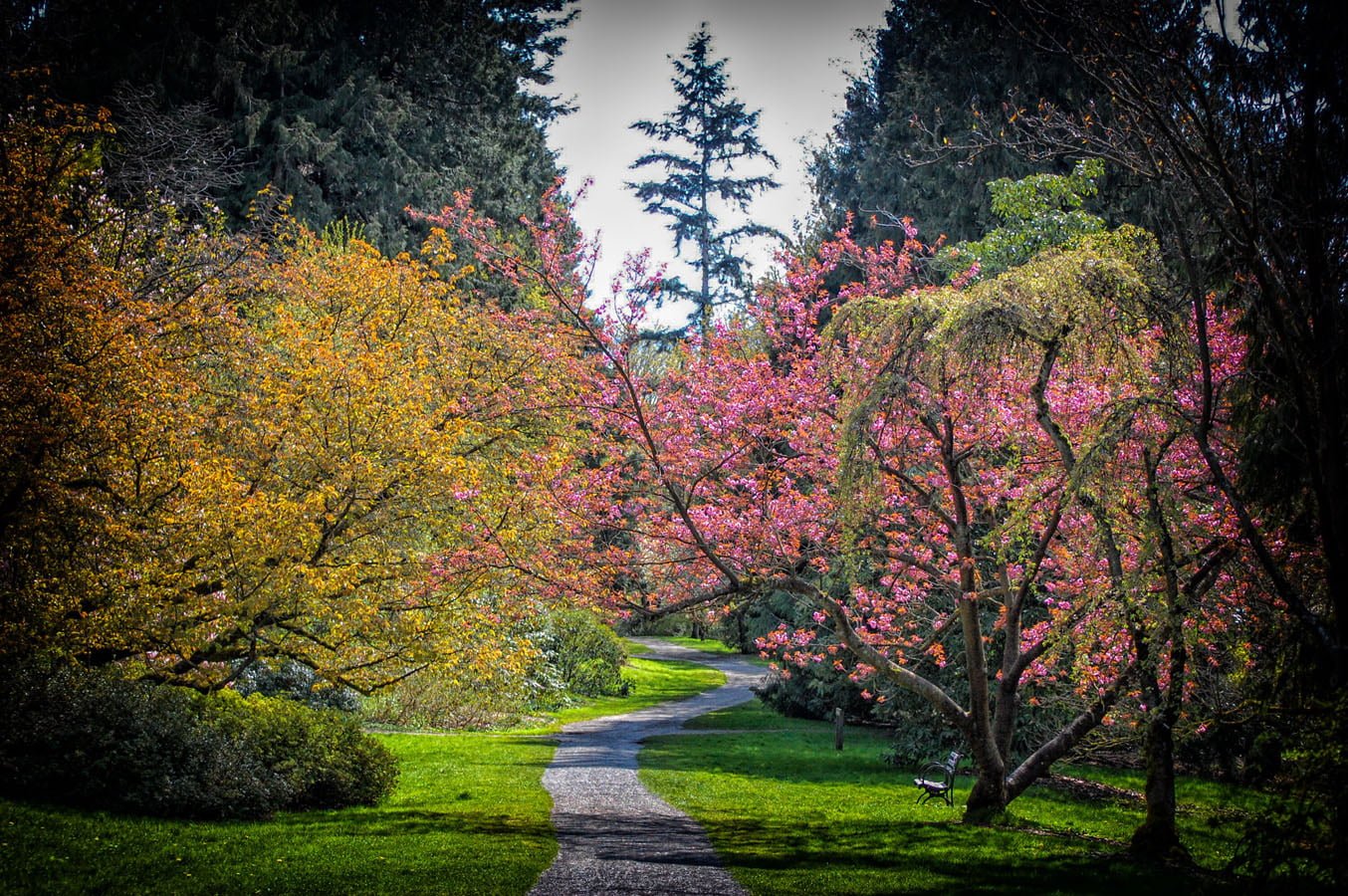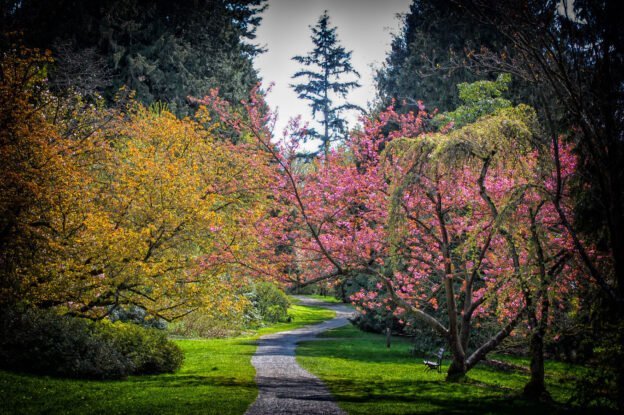The Washington State Department of Ecology (Ecology) identified Bioretention as a Best Management Practice (BMP) for both runoff treatment and flow control. The engineered bioretention soil mix (BSM) consists of 60-percent sand and 40-percent compost (60/40 mix). This mix provides treatment for total suspended solids (TSS) and dissolved Copper and Zinc. After water passes through the BSM, it can infiltrate directly into the ground. Monitoring of bioretention facilities built with this 60/40 mix showed that there was export of phosphorus. This is an issue if there is collection piping below the BSM treatment layer draining the treated water back to the surface. Ecology informed local stormwater utility managers of this issue in 2013 and began funding, overseeing, and coordinating research into an alternative BSM that will provide treatment for TSS, dissolved Cu and Zn, and total phosphorus. This alternative BSM is particularly important when stormwater outfalls discharge to phosphorus-sensitive fresh waterbodies. This presentation reviews the history of bioretention in Washington State describes key outreach and research efforts completed to date.
About Instructors
Course Content




